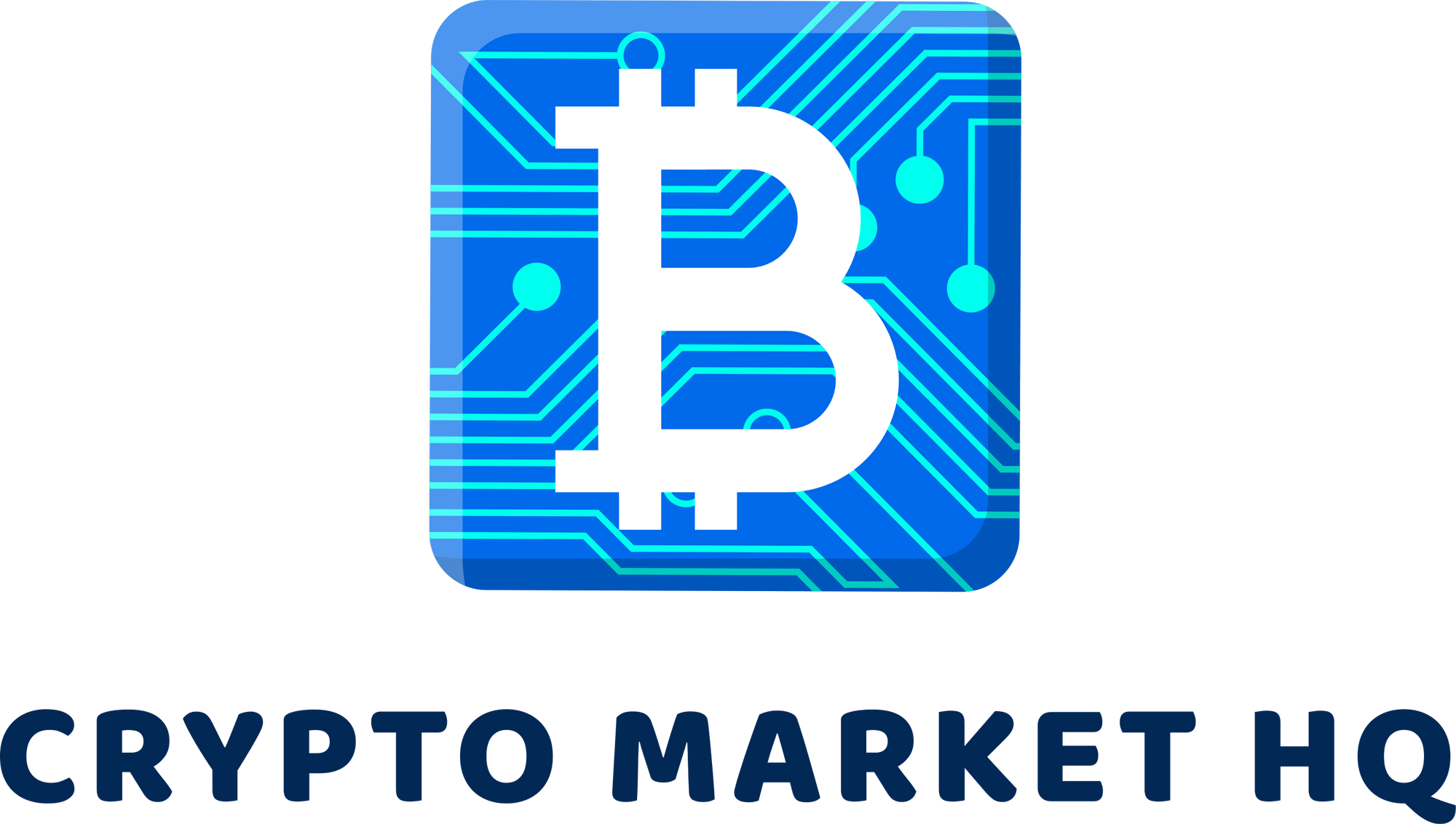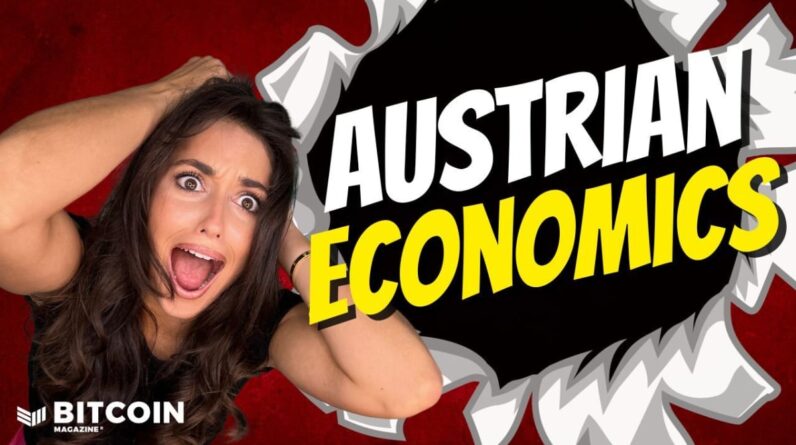What is an Altcoin?
The word “altcoin” is an abbreviated term meaning “alternative coin”. Altcoin is simply the name given to all the cryptocurrencies that aren’t Bitcoin.
Altcoins typically form in two ways. Either an independent developer pursues their own vision and develops a new cryptocurrency from the ground up or there’s developmental disagreement among the creators resulting in some deciding to split off to make their own.
For example, Litecoin splintered off from Bitcoin in 2011, believing that greater transaction speeds were the way forward.
This led to many of the established cryptocurrencies and altcoins sharing similar characteristics and operating systems – like Arbitrum using the Ethereum blockchain ledger and Solana using the same proof-of-work technology as Bitcoin — growing the number of alternative variants.
Types of Altcoin
There are many types of altcoins used for a variety of purposes. As some creators tried revolutionizing payments and increasing transaction speeds, others developed altcoins and cryptocurrencies for more niche functions.
The main types of altcoins are:
Mining-based coins
Bitcoin is a mining-based coin. This means that a team of professional miners use software to solve mathematical equations to verify blocks of transactions — when a block is verified, the miner receives a small part of a bitcoin as a reward.
As well as the two giants, Bitcoin and Ethereum, many other altcoins — like Litecoin, Dogecoin, ZCash, and Monero — also follow this verification strategy. Unfortunately, it is time-consuming, costly, and uses a lot of energy to mine.
Stablecoins
Stablecoins are a type of cryptocurrency that have their price fixed through either an artificial algorithm or by linking them to a fiat currency or commodity to uphold its value and prevent wild fluctuations.
For example, Tether — a stablecoin based in the United States — is bound to the US dollar. This means Tether’s price can only follow the natural market value of the currency and isn’t at the mercy of supply and demand.
Although typically a safe investment, problems can arise when the company or issuer of the coin doesn’t have sufficient reserves to justify its value.
Staking-based
Some altcoins have a different consensus mechanism for verifying block transactions. While most cryptocurrencies, tokens, and altcoins approve blocks using a proof-of-work consensus mechanism, some coins use what’s known as a proof-of-stake mechanism.
Holders of stake-based coins have options to stake their coins — this means offering their coins to a third-party reviewer for transaction processing. With each verified block, the participants are rewarded with small portions of the coin as a reward.
Altcoins like Cardano, Toncoin, and Polkadot are all examples of proof-of-stake currencies.
Governance
Some currencies give investors “voting rights” to have a say in the future direction of the cryptocurrency by voting on proposals and suggesting ideas for improving the blockchain project.
The idea behind these coins is to decentralize decision-making and allow the investors a chance to have a say on how to improve the operating systems and blockchain infrastructure and give hands-on feedback to developers.
How many altcoins are there?
Because of the popularity of cryptocurrency and how it’s proven to be a lucrative money-making opportunity – even after the 2013 crypto boom – there are thousands of different coins, each with their own unique blockchain infrastructure and consensus mechanisms.
It’s estimated that there are just over 17,000 types of altcoins available on the market.
Are altcoins a good investment?
For investors looking to add cryptocurrency to their portfolio, altcoins are a great diversifier. Just like a stock, a cryptocurrency can appeal to investors and perform well on exchanges if it has strong market and technical fundamentals.
Factors such as whether an altcoin has a positive technical trajectory — like rapid transaction technology, desirable, secure blockchain infrastructure, and a strong demand for supply — can make it a desirable investment opportunity for long-term investments and traders.
However, it’s important for investors to research the coins before committing large amounts of capital to them, as the market is still in its infancy.
What to consider before buying altcoins
Evaluating an altcoin for investment is more complex than just watching candlestick charts and trying to jump in at the right time. Some of the things investors need to know when investing in altcoins and cryptocurrency include:
Market capitalisation
The market cap of a cryptocurrency is calculated by multiplying the number of coins in circulation by the value of the coin. Typically, the higher the market cap, the higher the value of the cryptocurrency and the potential price fluctuations of each coin – making it an integral metric for deciding whether or not to invest.
Trading volume
Trading volume is the number of cryptocurrency tokens or coins being bought and sold over a specific time frame. The higher the volume, the more desirable the currency, as it shows there’s significant interest — indicating periods of rapid growth or decline.
Historic and current price trends
Although not guaranteed to yield results, looking at historic pricing — as well as more recent charts — can help investors paint a picture of the general pricing trends of a cryptocurrency.
Market sentiment
Keeping informed of crypto news is paramount to making an investment. Because cryptocurrencies are still in their infancy, much of their value is derived from consumer hype and faith in a cryptocurrency’s infrastructure.
Therefore, news is likely to have a dramatic effect on the pricing of each token or coin — this is especially true for smaller altcoins that aren’t as established as giants like Ethereum, Ether, and Litecoin.
Social media sentiment
Just like mainstream news can govern market sentiment, social media can too. Positive social media attention can cause the price of a coin or token to skyrocket, as investors swarm to claim a share of the profits.
However, it’s important to practice caution when considering social media opinions for many reasons. Although they’re a good source of information, it could potentially be wildly inaccurate. Even worse, social media hype has the potential to be part of a pump-and-dump scheme where influencers and public figures artificially inflate currencies only to release their own holding when it reaches the peak.
Future trends in altcoins
As technology, consumer sentiment and currency users change, altcoins must adapt to keep pace with new requirements. 2023 is a new year for altcoins and many changes are around the corner.
Some of the key anticipated changes are:
Addressing crypto’s environmental impact
Proof-of-work systems use exorbitant amounts of energy and require expensive, high-power computers to uthorizes blockchains, green-light payments, make transfers, and mine currency quickly.
It’s such an expense that Ethereum is moving to a proof-of-stake consensus mechanism to create new blocks in its blockchain. This not only speeds up payment times for consumers but reduces overhead costs and is kinder on the environment — setting the precedent for many altcoins to do the same.
Reviewing how new and existing coins are valued
A recent string of proposed government ICO clampdowns in countries like the USA, UK, and Sweden may trigger a change in how new coins are valued at market entry.
One of the main issues is that they are completely unregulated, allowing scams to ravage investors’ portfolios without any recourse for repayment.
With some governments worldwide forcing cryptocurrency developers to disclose information about the coin, registering it in an index, and implementing investor protection strategies to compensate consumers, this could affect the cryptocurrency landscape — forcing crypto developers into creating coins with real-world utility and avoiding the meme route.
A potential boom in the second half of 2023
As investors fled the markets at the start of the year in the wake of a weakened economy and rising interest rates, the start of 2023 saw the cryptocurrency market begin to bear.
However, some analysts speculate that the value of some cryptocurrencies — namely, Ethereum, XRP, and Solana — are expected to see sizeable gains, with some others expected to follow suit.
Frequently Asked Questions (FAQs)
What are the top 3 altcoins?
The cryptocurrencies expected to make substantial gains towards the end of 2023 are, Ripple (XRP), Binance Coin (BNB), and Solana (SOL), while Ethereum (ETH) has already made substantial gains this year.
What is the most famous altcoin?
While the first altcoin, Namecoin, holds the title for being the original, Ethereum is arguably the most famous altcoin on the market, being the only alternative coin coming close to rivaling the historic highs of Bitcoin.
What are the disadvantages of altcoins?
While altcoins are a great diversifier for a portfolio — allowing investors to stake money on emerging assets while being protected by historic hedges like precious metals and commodities — investing in them does come with an inherent set of problems.
The main problems with altcoin investments are:
- They’re incredibly volatile, and therefore, high-risk.
- Some cryptocurrencies oversupply the demand — stagnating the price.
- The value of an altcoin is almost solely based on speculation and hype and can be overvalued.
- There is always a risk with altcoin investments that they’re pump-and-dump schemes — meaning investors have to be careful when researching altcoins and be wary of those with low liquidity.
How do altcoins gain value?
Altcoins gain value like any other stock, cryptocurrency, or commodity — through increased demand.
When news breaks that an altcoin has made a significant step to boosting its real-world utility or investors are swarming to it, the price of the coin will rise as demand increases and supply falls.







